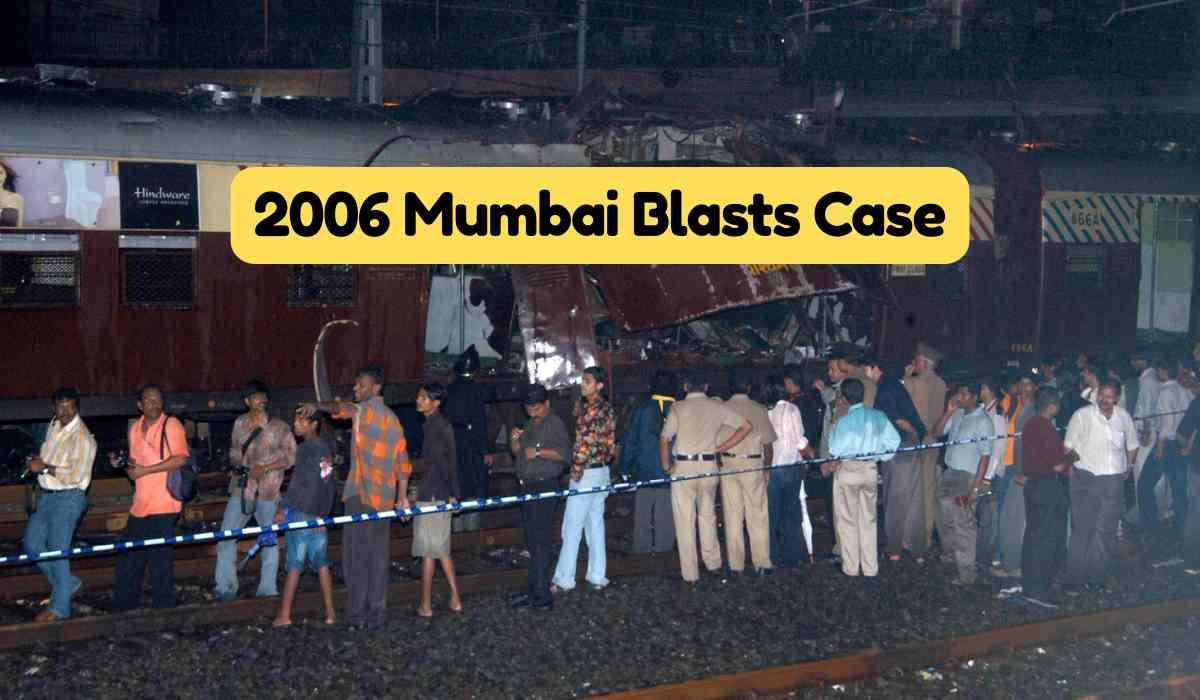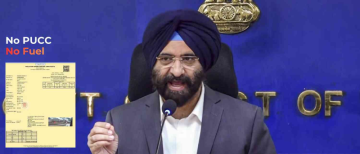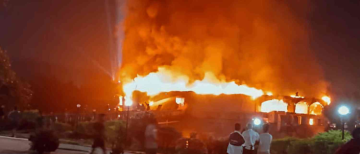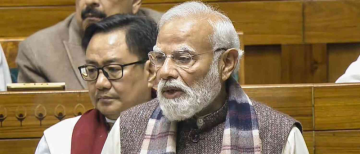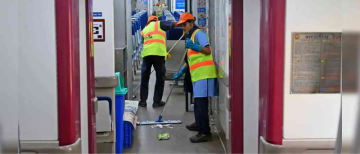On the evening of July 11, 2006, Mumbai’s bustling Western Railway suburban trains—lifelines of the city—turned into sites of unimaginable horror. In just minutes, seven pressure cooker bombs exploded in first-class coaches during peak hours, killing 189 people and injuring 824. These synchronized attacks, later known as the 7/11 Mumbai train blasts, were one of India’s deadliest terrorist incidents.
But what followed in the aftermath of this mass-casualty event has recently come under renewed scrutiny—and condemnation. Nineteen years later, the Bombay High Court, in a landmark decision, acquitted all 12 men previously convicted for the bombings, citing fabricated confessions, torture, and dubious evidence. The court declared, in no uncertain terms, that justice had not been done—and that the real perpetrators may still be at large.
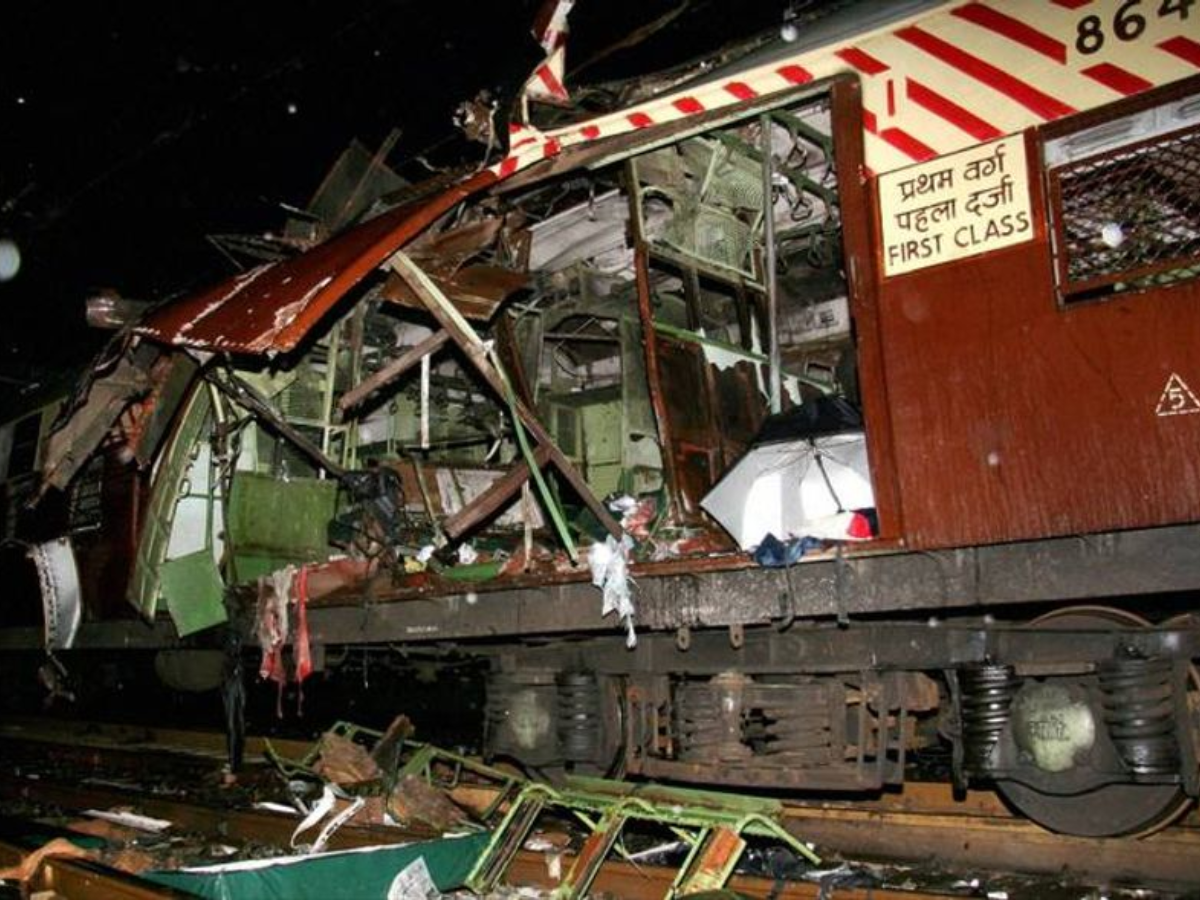
A Crime That Shook a Nation
The details of the attack were brutal and precise. Ammonium nitrate-fuel oil gel—a commercially available yet highly lethal explosive—was packed into pressure cookers, fitted with Ajanta-brand digital timers set for 6:30 PM, and planted in shopping bags. These were strategically placed in Mumbai local trains departing from Churchgate.
When the bombs went off, it triggered panic, despair, and fury. Within hours, security agencies swooped into action. But beneath the surface of this swift response was a disturbing truth—the wrong men were being pursued.
The Case That Crumbled: An Anatomy of Legal Misconduct
Fast forward to July 2025. The Bombay High Court, in a 671-page judgment, laid bare a systemic failure—not just of investigation but of justice itself.
- Torture and Forced Confessions
Central to the prosecution’s case were confessional statements obtained under Maharashtra Control of Organised Crime Act (MCOCA). This law uniquely allows police confessions as admissible evidence—unlike standard Indian law.
But the court found these confessions deeply flawed. Eleven accused had provided identical, near-verbatim answers to police questioning, recorded by different officers at different times and places.
The court observed,
“By any stretch of imagination, it is highly impossible to have same questions and same sequence with identical answers.”
In fact, each accused had handwritten notes claiming they signed confessions under duress. Medical records from KEM Hospital and Bhabha Hospital corroborated injuries consistent with torture, casting further doubt on the integrity of the process.
- Timeline of Coercion
Interestingly, these confessions emerged only after MCOCA was invoked on September 24, 2006—even though earlier remand requests consistently stated that the accused were “not cooperating.” The court noted the suspicious timing: the first confession was made just 10 days later and continued in sequence for a month, hinting at systematic coercion.
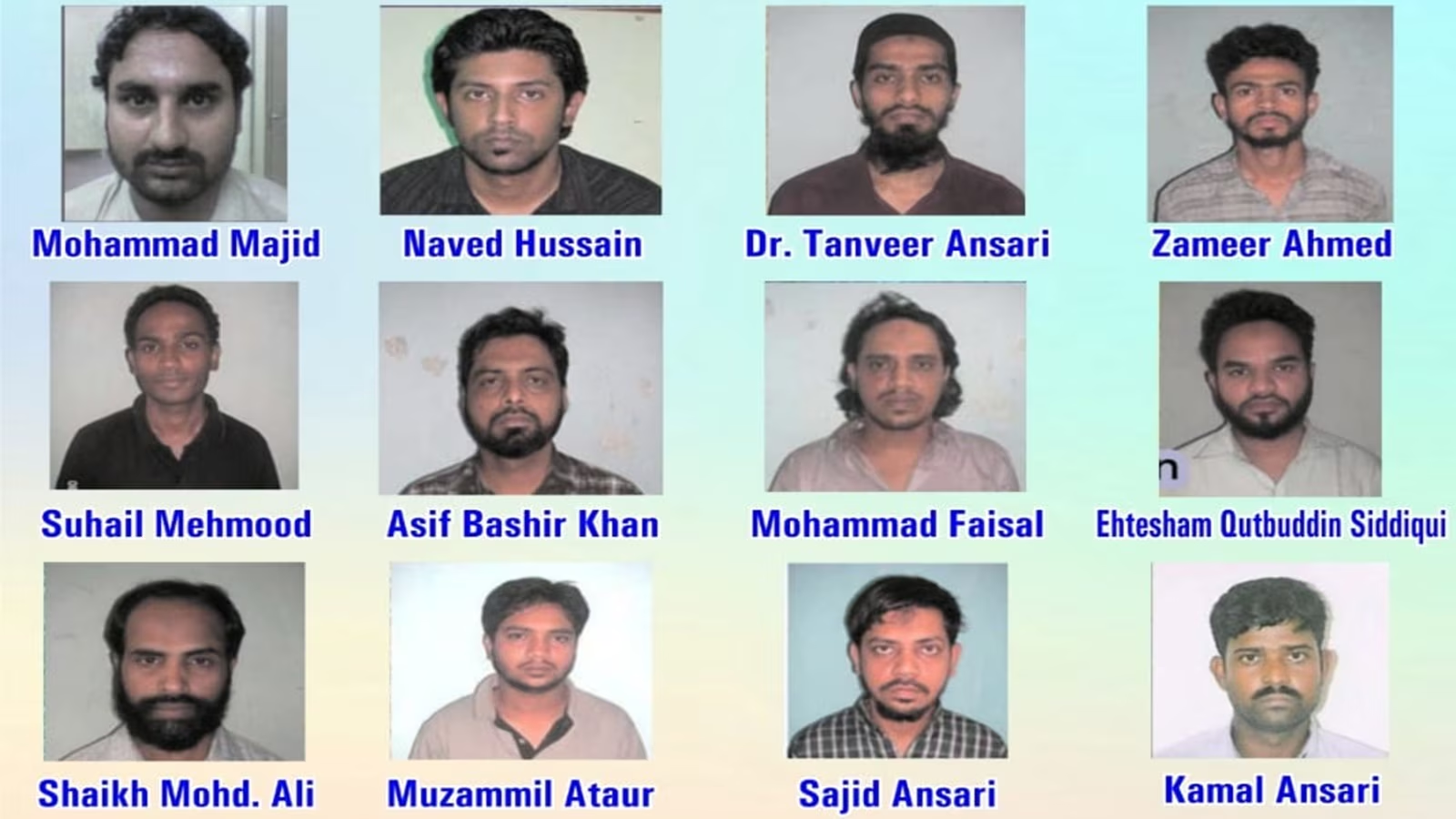
Shaky Evidence and Untrustworthy Witnesses
The High Court also eviscerated the evidence presented by the prosecution:
-
Taxi drivers, who allegedly transported the accused to Churchgate station, were silent for over 100 days before approaching the police.
-
Witnesses who claimed to have seen the accused planting bombs gave inconsistent and contradictory statements under cross-examination.
-
One so-called witness first said he saw bombs being assembled in an accused's house—only to later admit that he never entered the house at all.
-
Another who sketched accused individuals was never called to court or asked to identify them during trial.
On these glaring inconsistencies, the court concluded, “We have not considered this evidence worth relying.”
Investigators claimed to have recovered RDX granules, detonators, cookers, and circuit boards. However, no clear chain of custody was maintained. Seals were missing. Procedures to verify proper storage and submission to forensic labs (FSL) were ignored.
Notably, the type of bomb used could never be clearly established by the prosecution. Circuit boards allegedly recovered were found to have no forensic value. The Bombay High Court said bluntly, “These recoveries do not attach any importance.”
The Real Perpetrators: Hiding in Plain Sight?
While 12 men were jailed—five sentenced to death and seven given life sentences—investigative cracks appeared early. Just months after the blasts, an email from a group calling itself Indian Mujahideen (IM) took responsibility for several bombings, including the 7/11 attacks.
In 2008, the Delhi Police shot dead Atif Ameen, a co-founder of IM, during the Batla House encounter. Subsequent raids and investigations identified Sadiq Sheikh, Bada Sajid (Mohammad Sajid), Abu Rashid, and Shahnawaz Alam as key operatives behind the train bombings.
A classified NIA interrogation revealed a chilling confession: bombs were systematically planted in trains by IM members who rotated through Churchgate station, returning after each deployment to avoid detection.
But crucially, this version of events never made it to the courtroom. Maharashtra’s Crime Branch did file a chargesheet naming Indian Mujahideen, based on Sadiq Sheikh’s statement—but this document remains sealed and unused.
Why? The Bombay HC’s verdict raises the uncomfortable possibility that authorities intentionally ignored credible leads to preserve the illusion of solved justice.
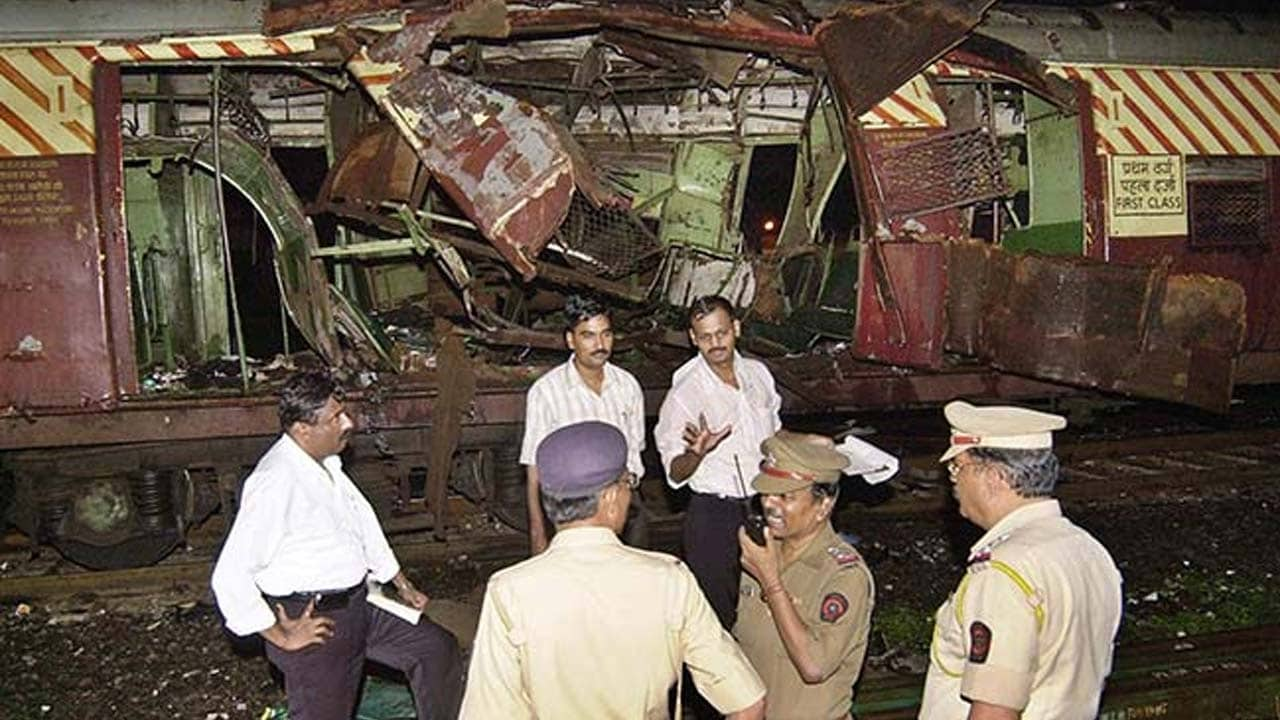
Systemic Parallels: Echoes from the Guildford Four
The miscarriage of justice in the 7/11 case eerily echoes the Guildford Four case in the UK. In the 1970s, Irish citizens were wrongly convicted for IRA bombings based on faulty evidence, fabricated confessions, and tunnel-vision policing.
Much like Justice John Donaldson’s stern rebuke of the innocent Guildford Four, the Bombay HC’s ruling is an indictment of the Indian system’s willingness to value closure over truth.
In the words of the High Court:
“Creating a false appearance of having solved a case gives a misleading sense of resolution… while in reality, the true threat remains at large.”
A 19-Year Nightmare: The Human Toll
The accused men have already spent over 18 years in prison—one died in custody due to COVID-19. Families have been shattered, reputations destroyed, and futures stolen—all while the actual masterminds may have fled the country or died in Syria, fighting for Islamic State.
One of the men, Wahid Sheikh, who was acquitted earlier, has long maintained his innocence and documented custodial torture and solitary confinement.
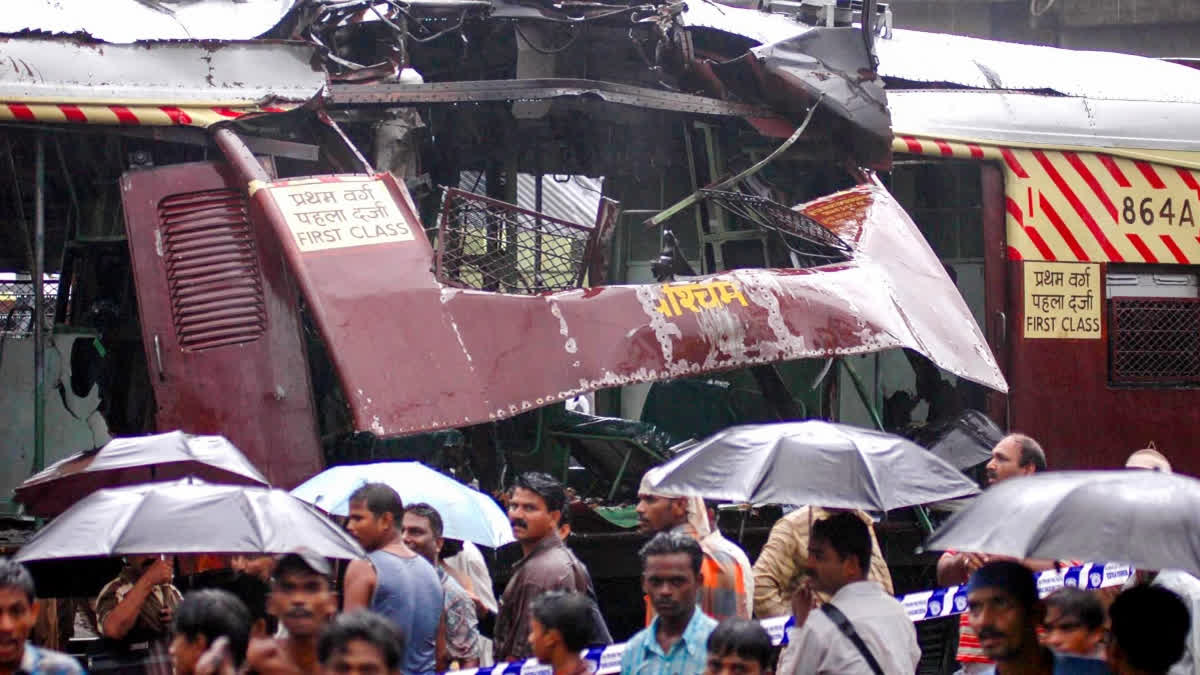
What Happens Now?
The Maharashtra government has announced it will appeal the High Court ruling. But as of now, the judgment is a clear call to re-examine all cases built on coercion, fabricated evidence, and communal profiling.
The Crime Branch’s sealed document implicating Indian Mujahideen operatives needs urgent judicial scrutiny. If justice is to be restored—and future attacks prevented—India must focus on truth-seeking, not face-saving.
Justice Delayed, Justice Denied—But Not Forever
The 7/11 Mumbai train blasts were more than an act of terror; they exposed deep flaws in India’s criminal justice machinery. Nearly two decades later, the truth is finally emerging, thanks to relentless efforts by defense lawyers, rights activists, and investigative journalists.
But justice for the victims, the wrongly accused, and the nation itself demands more than an acquittal. It demands accountability—and a system that values truth over optics.
Let this verdict not be the end of a tragic chapter, but the beginning of reform.
With inputs from agencies
Image Source: Multiple agencies
© Copyright 2025. All Rights Reserved Powered by Vygr Media.

